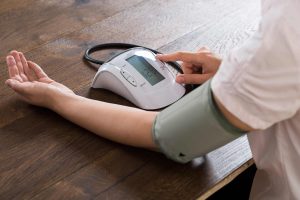Lesbian, Gay Youth at Higher Risk for Self-Harm

MONDAY, June 3, 2019 (HealthDay News) — An alarming number of teens practice self-harm, but lesbian, gay and bisexual teens may be more than twice as likely as their straight peers to cut, hit or bruise themselves, new research warns.
While between 10% and 20% of heterosexual teens engaged in these dangerous behaviors, 38% to 53% of lesbian, gay and bisexual teens did, the study found.
“Rates of non-suicidal self-injury were consistently elevated among lesbian, gay and bisexual youth, compared to heterosexual peers,” said study author Richard Liu.
What’s more, “rates of [self-harm] have decreased among heterosexual youth from 2005 through 2017, but not among [lesbian and gay] youth over the same time period,” added Liu. He is an assistant professor in the department of psychiatry and human behavior at the Alpert Medical School of Brown University in Rhode Island.
That is a “striking” development, he said, “given that the very high [lesbian, gay and bisexual] rates meant that there was greater room for potential improvement.”
What explains the trend? Liu suggested that the “stigma and discrimination experienced by these youth may be contributing factors,” putting these teens at greater risk for “poor mental health outcomes, including depression, and suicidal thoughts and behaviors.”
The finding follows an analysis that looked at self-injury risk among more than 21,000 high schoolers in the state of Massachusetts between 2005 and 2017.
Bridget Hughes serves as senior director of youth services at the Hetrick-Martin Institute (HMI) in New York City, the nation’s first and largest organization that provides free services and advocacy for LGBTQ youth.
“While the findings are alarming, they aren’t surprising to us at HMI, given what we see regularly among youth coming in to our programs,” she said.
Hughes noted, for example, that from an early age, LGBT youth — particularly those of color — are often subject to “emotional isolation” as a result of blame, shame and criticism of their core identities and feelings. They are also much more likely to end up homeless, in foster care or involved with the juvenile justice system, and they face a harder time finding work, she added.










